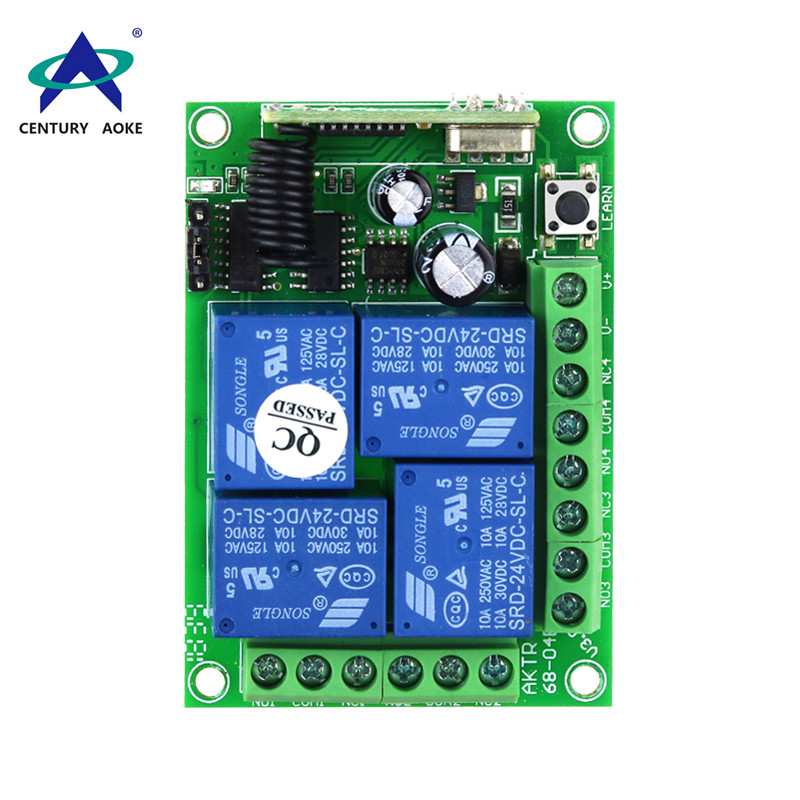
It also requires a fluid decoding and assimilation of the text and content in front of you. Extensive readingĮxtensive reading involves reading for pleasure.īecause there is an element of enjoyment in extensive reading it is unlikely that students will undertake extensive reading of a text they do not like. They may remember the answers in an exam but will likely forget everything soon afterwards. Students tend to do this, and they undertake neither type of reading process effectively, especially neglecting intensive reading. This is one reason why reading huge amounts of information just before an exam does not work very well. It moreover, helps with retention of information for long periods of time and knowledge resulting from intensive reading persists in your long term memory. This type of reading has indeed beneficial to language learners as it helps them understand vocabulary by deducing the meaning of words in context. If you need to list the chronology of events in a long passage, you will need to read it intensively. Remember this is going to be far more time consuming than scanning or skimming. You need to have your aims clear in mind when undertaking intensive reading. Pay special attention to the introduction and the conclusion. These should be included in your scanning. Something students sometimes do not give enough importance to is illustrations. Interestingly, research has concluded that reading off a computer screen actually inhibits the pathways to effective scanning and thus, reading of paper is far more conducive to speedy comprehension of texts. You’ll be searching for specific words or phrases that will give you more information and answer questions you may have. Scanning involves getting your eyes to quickly scuttle across sentence and is used to get just a simple piece of information. You would most probably just scan the guide book to see which site you might want to visit. Picture yourself visiting a historical city, guide book in hand. You can then go on to use scanning to find specific important ideas. This completely prepares your brain to have an overview of what this chapter is about.
#Type to learn 4.com how to
It will help prepare you for deeper learning.Īs learning expert and author Pat Wyman says in her online course, How to Read a Book in a Day and Remember It, skimming is a terrific idea to get an overview and mental picture in your mind which will help improve your memory. However, skimming is useful when your goal is to preview the text to get a better idea of what it’s about. Skimming will certainly save you a lot of time as you grasp the main idea of whatever you are reading, but do not expect your comprehension to be high during the process. There are unique courses with speed reading that will show you how to use both traditional and hi-tech speed reading methods and this is the one I recommend. You can reach a speed count of even 700 words per minute if you train yourself well in this particular method. You might skim to search for a name in a telephone directory. You might typically do this with a magazine or newspaper and would help you mentally and quickly shortlist those articles which you might consider for a deeper read. Skimming may help in order to know what the text is about at its most basic level.

The way you do this is to read the first and last paragraph and check for any dark headings. Skimming is sometimes referred to as gist reading where you’re trying to glance over the material to grasp the main idea. The four main types of reading techniques are the following: Training students to know the different reading techniques and when to use them is very important, especially under exam conditions when time constraints come into play and students need to have faster reading, learning and memory skills. One of the first things you learn about teaching is that there are different reading techniques and the students should be aware of which technique is most suited, depending on the reading task required by the text or by their teacher.


 0 kommentar(er)
0 kommentar(er)
